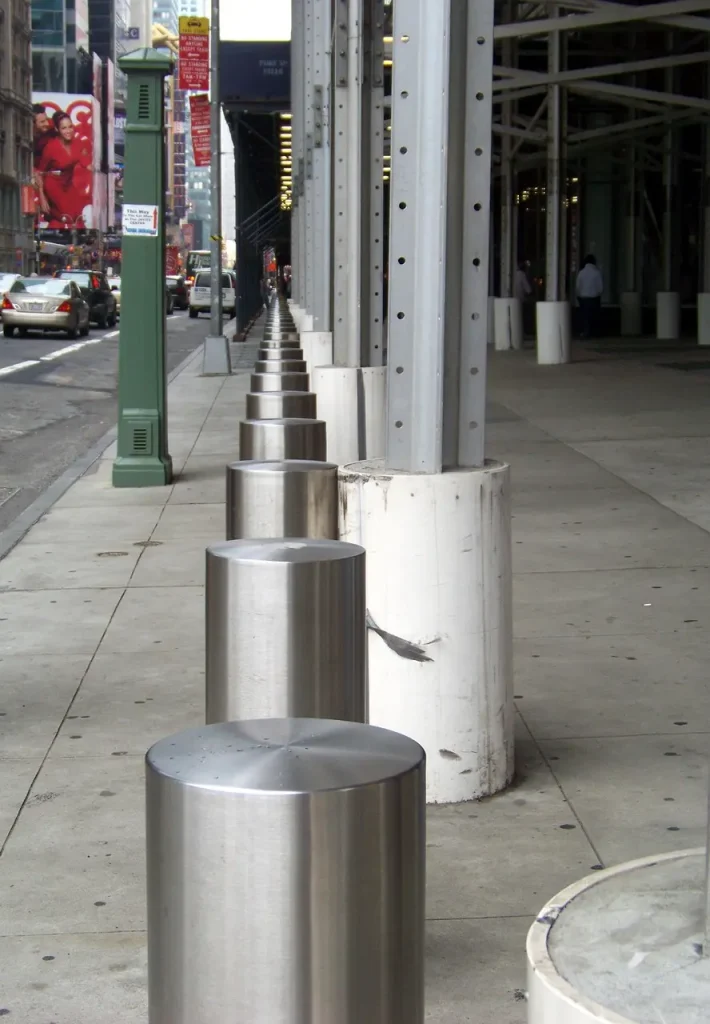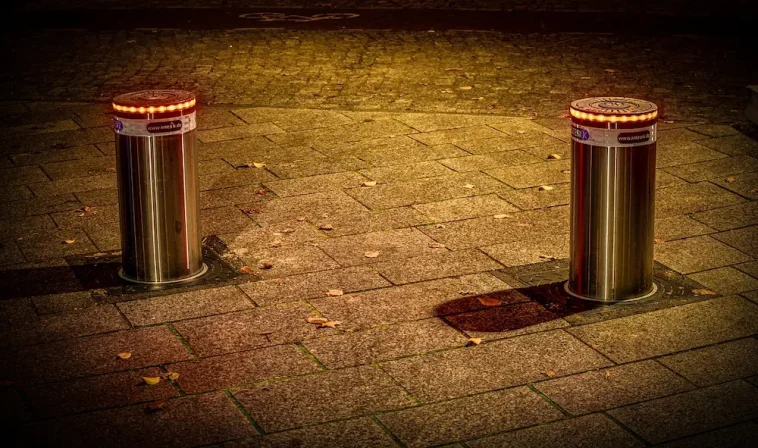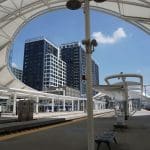Across the nation, first responders are raising their voices for a crucial yet often overlooked update in emergency planning: collapsible bollards in fire lane designs. The rapid growth of population density in cities, together with developing urban infrastructure, presents a severe challenge to emergency response speed because of obstructive fire lanes. Law enforcement officers with fire personnel and EMTs require collapsible bollards because these tools enable emergency access without hindering vehicle use. Necessary life-saving measures can be achieved through these groundbreaking safety features that provide instant, clear passageways during emergencies. Government urban planning organizations show increasing interest in collapsible bollards because of expanding market need.
Quick Access When Every Second Matters
Emergencies leave no room for hesitation. Collapsible bollards allow fire trucks and ambulances to move through restricted zones without delay or complicated steps. Imagine a fire truck racing into a residential complex—bollards drop within seconds, triggered by remote signals, transponders, or even pressure-sensitive mechanisms. The crew moves straight into action, instead of wasting time managing barriers.
Thoughtful design plays a major role. Features like rounded edges, low-profile bases, and high-visibility finishes reduce the chance of vehicle damage while helping responders move with confidence. In complex environments like shopping centers, collapsible bollards support both routine traffic and urgent response needs.

Old Barriers Cause Serious Delays
Emergency teams often face frustrating setbacks caused by rigid or malfunctioning access points—especially in older gated communities. Reports from fire departments describe situations where vehicles are stalled at locked gates, rusted posts, or brittle bollards that jam under pressure. Obstacles like these not only waste time but can damage equipment and increase risk to people and property.
In high-stress scenarios, a 30-second delay can mean a fire spreads or medical help arrives too late. Many older systems were never built for today’s response speeds or vehicle dimensions, turning once-standard barriers into serious liabilities for modern emergency operations.
Property Owners Face Legal Risks Without Clear Fire Lanes
If fire lanes aren’t accessible, property owners face big legal risks. Local rules are getting stricter to improve public safety. Not following these rules can lead to large fines and legal trouble, especially if slow emergency response leads to injuries or property damage. In some jurisdictions, non-compliance with updated fire access standards can even impact insurance coverage or premiums. That can mean costly lawsuits for property managers.
As fire codes move toward newer solutions, sticking with old systems isn’t a safe bet. Collapsible bollards are becoming part of the conversation about how to stay up to code and keep people safe. Some municipalities now require detailed site assessments to evaluate whether access points can accommodate modern emergency vehicles. Talking to local fire officials about your property’s setup can lead to better, safer designs.
What First Responders Look For in Bollards
Emergency personnel rely on bollards that are both intuitive and fail-safe. Speed is key—many departments prefer models equipped with RFID access, infrared sensors, or vehicle transponders that trigger automatic retraction in seconds. According to NFPA standards, fire access routes must accommodate quick clearance without manual intervention. Some bollards use spring-loaded or hydraulic mechanisms designed to reset instantly after use, maintaining readiness for the next call.
Reliability also means durability—bollards should resist corrosion, tampering, and mechanical failure. Familiar locking systems, reinforced steel casings, and visual indicators all help responders operate with speed and confidence when the situation turns vital. Choosing field-tested equipment reduces uncertainty and supports smoother, faster emergency responses.
Places Where Collapsible Bollards Are Now a Must
In spaces where many uses overlap, collapsible bollards are no longer optional. Retail areas are a good example—these places need to allow delivery trucks while also being ready for fire trucks. Bollards that adapt make it easier to handle both, keeping operations smooth and safe. Schools and hospitals have special needs too. They must stay secure but also allow fast access when emergencies happen. Collapsible bollards help strike that balance, making room for emergency vehicles without slowing down daily life.
Property owners should take time to review their needs and set up bollards where they’ll make the biggest difference. Collapsible bollards offer a smart, reliable fix for a problem that slows emergency response when every moment counts. Traditional barriers often fail under pressure, jamming, breaking, or blocking key access points. Newer fire codes and safety expectations are raising the bar for property owners, and failing to adapt can lead to costly consequences. Upgrading to collapsible systems helps protect lives, meet changing standards, and avoid legal trouble. Firefighters need tools that work the first time, every time. Talking with local fire departments and evaluating current setups can lead to safer, faster access when the stakes are highest. The time to act is now.




